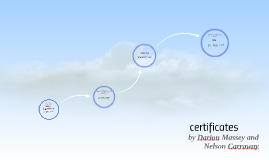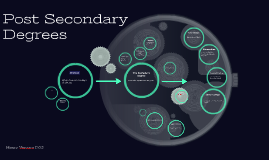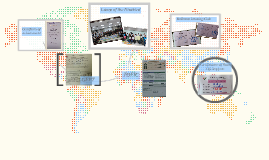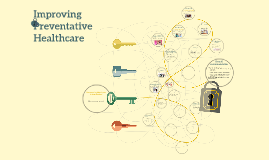National Certificate of Educational Achievement
Transcript: LEVEL 1 At level 1 you need 80 credits in total to achieve your certificate. 10 of these need to be literacy credits (speaking, writing and listening skills) and 10 need to be numeracy credits (number, measurement and statistical skills.) The assessments you will sit in years 11 - 13 N.C.E.A are represented as different levels They are represented in 4 levels. 1,2,3 and 4 on the National Qualifications Framework (NQF). Most Year 11s are aiming for Level 1... Year 12s are aiming for Level 2... Year 13s are aiming for Level 3... and at Level 4 Scholarship Assessment is available for the highest achieving students. (oh la la) Hi there! My name is George and this is my house I built! Pretty cool huh! It wasn't easy, but I followed each step carefully and maximised my individual strengths to Achieve building it! Much like how I passed N.C.E.A! Ever heard of that? Well, let me tell you all about it! National Certificate of Educational Achievement N.C.E.A is a standards-based system. This means that N.C.E.A uses different standards to assess different areas of knowledge and skills so that students get separate results for each aspect of their subject. The standard, or the level of work required, is demonstrated in materials provided by NZQA, so all students, parents and teachers can see what is required to succeed in N.C.E.A assessments. SO TELL YOUR PARENTS THAT THESE DAYS, 'E' (FOR EXCELLENCE) IS A GOOD THING! Credits are like dollars, or tokens which you earn and collect. If you earn enough of them, you gain a Certificate in the respected level. They are earned through either assessment standards or unit standards. WHAT IS NCEA? CREDITS Record of Achievement looks like this! So the whole point of the N.C.E.A standards-based-assessment is to make education more interesting for you! Evidence can be linked with normal learning and be credited towards your standards, and it can be assessed whenever it is suitable to occur. Everyone who meets the standards GET CREDITS! At Year 11 you get the chance to try many approaches and types of assessment to see how best you work. Why write about a speech when you can deliver the speech yourself?! This system allows you to walk the walk and talk the talk, and you and ALL of your classmates can achieve together! Achievement at each level is assessed by a mix of internal assessment (school based) and external assessment (external examination/art folio) all of which generate CREDITS for the N.C.E.A. In achievement standards students can gain one of four grades: Not Achieved (did not meet the requirements), Achievement (met the requirements) Merit (met the requirements and more) and Excellence (Excelled in all aspects of the requirements). (Merit and Excellence grades are not available for most unit standards). If you gain a total of 50 Merit or Excellence credits this achievement will be recognized and your certificate will be endorsed with either merit or excellence. BUT with standard-based-assessments, EVERYONE CAN ACHIEVE!! BEFORE these types of assessments, students were ranked on a bell-curve type of assessment (norm-referenced). A distribution of scores that resembles, when graphed, an outline of a bell. i.e a small percentage of students performing well, most performing average, and a small percentage performing poorly. This meant no matter how good or bad the class was as a whole, some would have to fail to even the bell curve. Further Information THEY LAST FOREVER!! This means there is a record of the students strengths and weaknesses in detail. Every student gets the same amount of credits for achieving, whether with Achieved, Merit or Excellence. You can build up credits over a year or a number of years, and guess what? ENJOY THE FRUITS OF YOUR LABOUR! National Certificate of Educational Achievement (N.C.E.A), is a flexible qualification designed to acknowledge diverse student achievement across a wide range of purposes and contexts. It is recognized nationally as well as internationally. Developed by the New Zealand Government so that there would be a single coherent system of qualifications for students years 11-13. NCEA was introduced to New Zealands main secondary schools between 2002 and 2004, it is now the principle school qualification with 90% of secondary schools using it. WHAT ARE LEVELS AND CREDITS? STANDARD - BASED - ASSESSMENT (SBA) N.C.E.A Certificate looks like this! WHAT IS N.C.E.A? WHAT ARE LEVELS AND CREDITS? QUALIFICATION DOCUMENTS STANDARD BASED ASSESSMENTS N.C.E.A So now you understand how to build your way to achieve your educational goals! (from the roots up) If you would like more information on N.C.E.A and how its works then check out: http://www.nzqa.govt.nz http://ncea.tki.org.nz I would also like to acknowledge Smith,J. Course Material (2016) Auckland University The support of the 2016 649 Art Students Gilbert, G. 'Drawing of tree house', 2016 Song: 'Happy' by Pharrell Williams www.prezi.com

















